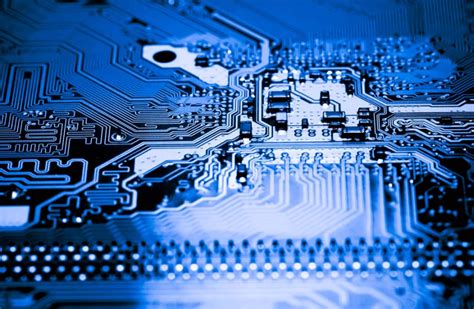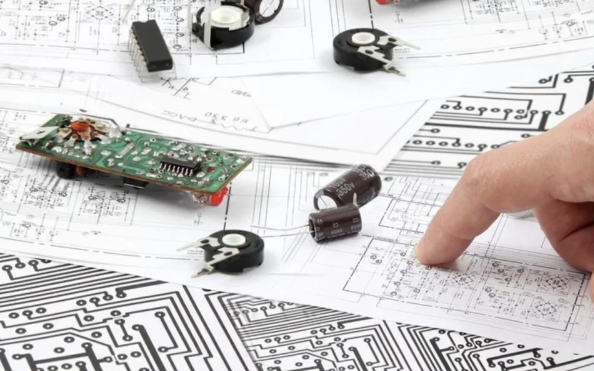Advancing Printed Circuit Technology for Next-Gen Innovations
Key Takeaways
In the rapidly evolving landscape of technology, pcb manufacturing has become a cornerstone for innovation across multiple sectors. The advancements in advanced printed circuit technology have transformed not only how devices function, but also how industries approach their design and production processes. For those involved in the pcb manufacturing business, understanding the pcb manufacturing cost is crucial for maintaining competitiveness and fostering innovation. Companies are increasingly looking for ways to optimize their resources while ensuring high-quality output. As you explore potential partnerships with leading pcb manufacturing companies, consider how these collaborations can propel your own projects forward. Ultimately, the future of technology heavily relies on efficient pcb manufacturing, setting the stage for a new era of cutting-edge applications and advancements that will shape our everyday experiences.
Advancements in Printed Circuit Technology: A Historical Overview
The evolution of printed circuit technology has been nothing short of remarkable, shaping the landscape of modern electronics. Initially, pcb manufacturing was a labor-intensive process, constrained by the materials and techniques of the time. As industries demanded more efficiency and precision, pcb manufacturing companies began to innovate. Advances in materials such as polyimide and newer substrates have allowed for the production of thinner, lighter, and more flexible PCBs. Furthermore, automation in the pcb manufacturing business has enhanced accuracy and reduced labor costs, ultimately influencing the overall pcb manufacturing cost.
You can trace major milestones in this journey from early rudimentary designs to today’s high-density interconnects that enable faster speeds and greater functionality. The advent of surface mount technology (SMT) marked a pivotal shift, allowing for more components to occupy less space on a board without compromising performance. This not only revolutionized consumer electronics but has also opened avenues for innovations in other fields such as healthcare and aerospace. As you explore these advancements, it becomes evident that the role of advanced printed circuit technology is critical in driving forward-thinking solutions across various sectors.
The Impact of Advanced Printed Circuit Technology on Healthcare Innovations
The field of healthcare has been profoundly transformed by advanced printed circuit technology. Innovations in this sector are primarily driven by PCB manufacturing techniques that enable the creation of more compact and efficient medical devices. As you explore these advancements, you’ll find that pcb manufacturing companies are increasingly integrating sophisticated designs that enhance the functionality and reliability of devices such as wearable health monitors, diagnostic equipment, and even telemedicine applications.
In recent years, the pcb manufacturing cost has been optimized significantly due to advancements in materials and production methods. This reduction allows for more accessible and affordable healthcare solutions. Companies that specialize in this area are vital for driving innovation as they cater to a growing demand for high-quality, low-cost products without compromising performance.
“Investing in modern PCB technologies is critical for future healthcare solutions.”
By collaborating with pcb manufacturing businesses, healthcare providers can stay ahead of technological curves, ensuring they can meet the needs of an evolving patient landscape. As processes improve, these collaborations will ultimately result in faster development timelines and improved patient outcomes. This interconnectedness between advanced printed circuit technology and health sector innovations highlights a promising future where technology continues to play a pivotal role in enhancing healthcare delivery systems.
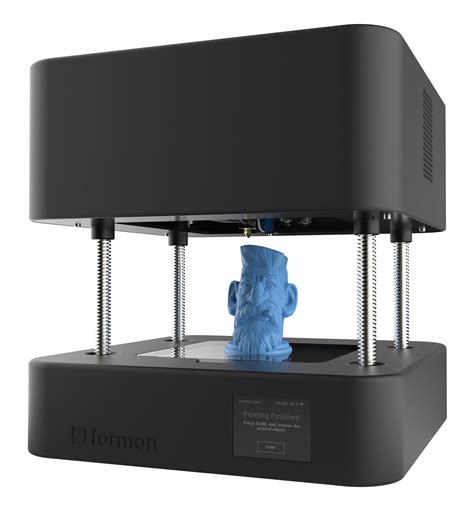
Exploring the Role of PCBs in Aerospace Engineering
In the realm of aerospace engineering, printed circuit boards (PCBs) are indispensable, serving as the backbone for a wide array of advanced systems. The integration of advanced printed circuit technology in this sector enhances reliability and performance, crucial for applications ranging from avionics to satellite communications. When you consider the rigorous demands of aerospace environments, it becomes evident that a comprehensive understanding of pcb manufacturing is essential for success. Not only do you need to ensure that pcb manufacturing companies adhere to strict quality standards, but you also have to navigate the complexities related to costs and material choices that can significantly impact project timelines and budgets.
As you delve deeper into the landscape of aerospace projects, you’ll find that choosing the right pcb manufacturing business can make a substantial difference in innovation and efficiency. With advancements such as multilayer boards and flexible PCBs, engineers are now able to design lighter and more compact systems, thereby contributing to overall fuel efficiency and performance. Moreover, new techniques in pcb manufacturing facilitate quicker turnaround times while maintaining high levels of precision. This synergy between technology and strategic partnerships with pcb manufacturing companies plays a pivotal role in driving innovations that enhance safety features and operational capabilities across various aerospace applications. As you navigate this exciting field, understanding these elements will empower you to make informed decisions regarding your projects’ design and development processes.
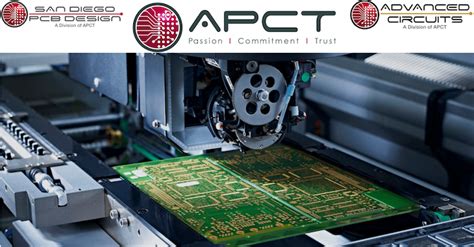
Consumer Products: How Circuit Technology is Shaping the Future
In today’s rapidly evolving world, advanced printed circuit technology is a cornerstone in the development of innovative consumer products. This technology enhances functionality, enabling devices to become more compact and efficient. For instance, pcb manufacturing processes have undergone significant transformations, allowing for greater complexities in design while minimizing pcb manufacturing costs. As you explore the various offerings from pcb manufacturing companies, you may notice that many of them are focusing on integrating more advanced features into everyday electronics, from smartphones to smart home devices. The impact of these innovations is profound; as products become increasingly interconnected, they rely heavily on sophisticated circuit designs to optimize performance and energy efficiency. Every decision related to your pcb manufacturing business, whether it’s selecting components or choosing a design software, can significantly influence not only the product’s capabilities but also its market competitiveness. Embracing this evolution paves the way for a future brimming with intelligent, efficient, and aesthetically pleasing devices that shape how we interact with technology daily.
Challenges and Opportunities in Modern PCB Manufacturing
The realm of pcb manufacturing is experiencing a transformative phase, where innovation is both a challenge and an opportunity. As you explore various pcb manufacturing companies, you may notice the pressing need for enhanced efficiency alongside rising consumer expectations. These companies are continually redefining processes to lower the pcb manufacturing cost, all while maintaining high standards of quality and performance. It’s essential to recognize that while technological advancements pose challenges—such as the integration of new materials and designs—these same advancements also open doors for improved productivity and sustainability in practices. Engaging with this dynamic landscape means understanding how your pcb manufacturing business can leverage emerging technologies like automation and AI to optimize workflows, thus ensuring competitiveness in a global market. Navigating these shifts will not only bolster your bottom line but also contribute to the innovative drive that defines the future of electronics.
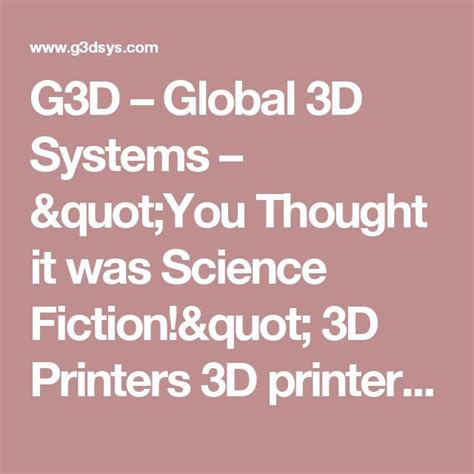
Sustainable Practices in Advanced Printed Circuit Technology
In the realm of pcb manufacturing, sustainability has emerged as a vital consideration, as companies and consumers alike are becoming more environmentally conscious. Incorporating sustainable practices into pcb manufacturing not only addresses ecological concerns but can also enhance the overall efficiency of the pcb manufacturing business. For instance, selecting eco-friendly materials, such as lead-free solder and recyclable substrates, significantly reduces environmental impact.
Moreover, pcb manufacturing companies are increasingly embracing strategies such as waste reduction techniques and energy-efficient processes. By optimizing production lines to minimize excess material and energy usage, these companies can significantly lower the pcb manufacturing cost while contributing to a healthier planet.
To illustrate the effectiveness of these practices, consider the following table that compares traditional methods with sustainable approaches in terms of resource usage and waste generation:
| Practice Type | Traditional Method | Sustainable Practice |
|---|---|---|
| Material Used | Standard Copper | Lead-Free Alternatives |
| Energy Efficiency | Basic Power Consumption | Energy-Efficient Solutions |
| Waste Generation (kg) | 100 | 20 |
| Recyclability | Low | High |
By adopting these sustainable practices, you are not only facilitating a responsible approach to pcb manufacturing but also positioning your business competitively in a market increasingly driven by consumer preference for eco-friendly products. The shift towards sustainability represents an opportunity to innovate while embracing ecological responsibility, ultimately playing a pivotal role in the evolution of advanced printed circuit technology.
The Future of PCB Designs: Trends and Predictions
As you look towards the horizon of PCB designs, several key trends are emerging that could reshape the landscape of pcb manufacturing. First, the integration of smart technology within circuit boards is anticipated to enhance functionality, enabling pcb manufacturing companies to create multifaceted products that can communicate and process data in real-time. Additionally, there’s a notable shift towards miniaturization, allowing for more compact designs without sacrificing performance. This trend may significantly influence pcb manufacturing cost, as smaller, more intricate boards often require advanced techniques and materials. Sustainability is also a critical focus; you may see an increase in eco-friendly practices adopted by pcb manufacturing businesses, aiming to reduce waste and enhance recyclability. As automation continues to evolve, expect accelerated production times and improvements in quality control, enabling companies to keep pace with growing demand while maintaining high standards. By staying abreast of these trends, you can better position yourself for opportunities that arise in this dynamic field.
Collaborative Innovations: Industry Partnerships Driving PCB Advancements
In today’s rapidly evolving technological landscape, pcb manufacturing thrives on collaboration among various stakeholders. As you explore the intricacies of this field, it’s essential to recognize how partnerships between pcb manufacturing companies, research institutions, and tech innovators can catalyze advancements in circuit technology. These collaborations not only enhance design capabilities but also drive down the pcb manufacturing cost, making it more accessible for startups and established firms alike. For instance, when leading tech firms team up with seasoned manufacturers, they are able to leverage shared knowledge and resources to push the boundaries of what’s possible in circuit design. By fostering an environment where creativity meets expertise, these partnerships cultivate groundbreaking ideas that challenge conventional methodologies in the pcb manufacturing business. As a result, you see a more robust pipeline of innovative products reaching the market, particularly in sectors like healthcare and aerospace, where precision is paramount. This synergy ultimately underscores the pivotal role that collaborative innovations play in shaping the future of advanced printed circuit technology.
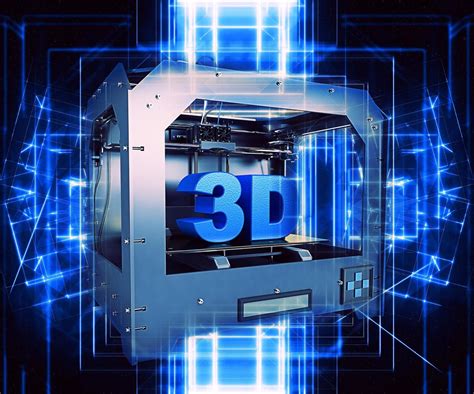
Conclusion
In summary, it’s evident that the landscape of advanced printed circuit technology has undergone remarkable transformation, becoming a cornerstone for innovations across multiple sectors. As you consider the future potential of your projects, understanding the intricacies of pcb manufacturing becomes crucial. The collaboration between pcb manufacturing companies and various industries is not just about enhancing efficiency; it’s about paving the way for groundbreaking solutions that can redefine possibilities in fields such as healthcare and aerospace. While keeping an eye on pcb manufacturing costs, it’s essential to recognize the value that these technological advancements bring to your business and the products you develop. Embracing this evolution opens doors to new opportunities, especially in a competitive pcb manufacturing business landscape where sustainability and innovation are paramount. As you navigate through these changes, you’ll find that being ahead of trends in pcb designs and practices is vital for staying relevant in an ever-evolving market.
FAQs
What is PCB manufacturing?
PCB manufacturing is the process of creating printed circuit boards that are essential components in electronic devices. These boards provide the electrical connections for various components in a product.
What are the typical PCB manufacturing costs?
The PCB manufacturing cost** can vary significantly based on factors such as material quality, design complexity, and production volume. It’s crucial to evaluate these aspects to estimate costs accurately.
How do I choose a reliable PCB manufacturing company?
When selecting a PCB manufacturing company, you should consider their experience, customer reviews, technology used, and ability to meet your specific requirements. These factors will help ensure high-quality production.
What are common challenges in PCB manufacturing business?
Challenges in the PCB manufacturing business, such as keeping up with technological advancements and managing supply chain issues, can impact efficiency. Understanding these challenges is essential for business growth.
How does advanced printed circuit technology impact various industries?
Advanced printed circuit technology enhances functionality, reliability, and efficiency across multiple sectors like healthcare and aerospace. By adopting superior designs and materials, industries can leverage the benefits of innovation.
Explore PCBs Further
For in-depth information on pcb manufacturing, please click here.



